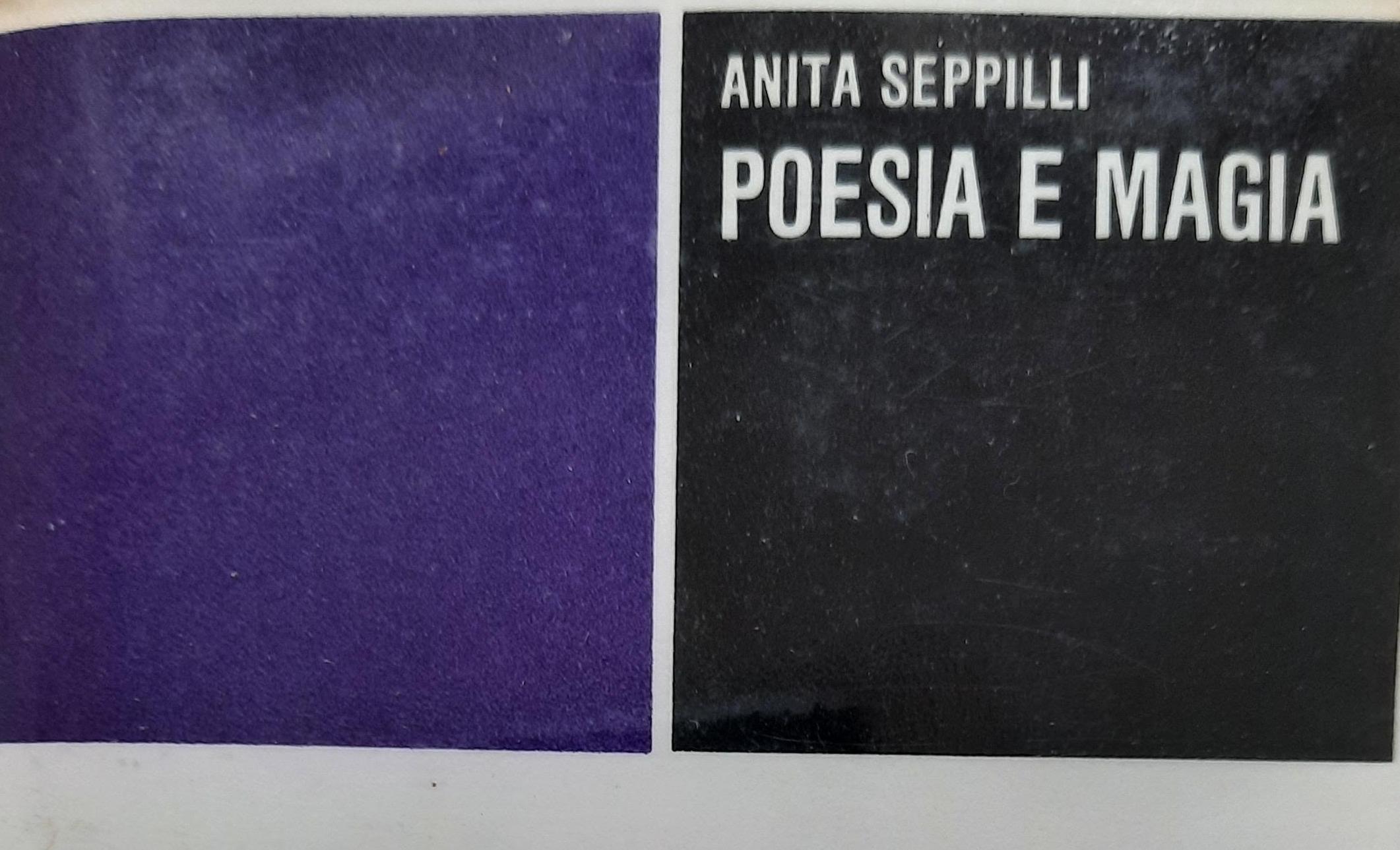
The artist and academic Junko Theresa Mikuriya has created a series of 15 photographs entitled The Sacrilege of Bridges especially for Poetry & Magic. This series was made as part of a collaboration with Ben Thomas who provided texts which, like the photographs, emerged from walking around central London, particularly Southwark and Lambeth. Here Mikuriya answers questions arising from this project:
What do the modern artist and the magus of antiquity have in common?
Nothing. Unless the modern artist claims that their art work is an attempt to connect with the divine and reveal the ineffable.
Magic seeks to reconcile the forces of nature with human desire. Does art do the same? Does art contribute to the enchantment of the universe?
This definition of magic presupposes that human desire imposes itself upon nature. I would rather define magic as a force inherent within nature that humans can train themselves to be attuned to.
Bad art has the potential to disenchant the world, if the world notices. That’s all I know.
[The first two questions have been adapted from André Breton’s survey of artists and intellectuals carried out for his book L’Art magique (1957)]

Can you say something about the camera you used for The Sacrilege of Bridges and how that resulted in the effects of double exposure and light leakage?
The Hung Mei (Red Plum Flower) is a medium format camera made in Changzou, China dating from the 1970’s. With its imperfections and plastic lens, it invites chance and contingency to play major roles in my photographs. Having worked for many years as a professional photographer shooting album covers and fashion editorial work on analogue slide film (which is very unforgiving, in terms of any technical mistakes) I enjoy working with the Hung Mei, which brings elements of unpredictability and surprise into the making of the work.
You are a close reader of André Breton’s Nadja. In what ways is your practice surrealist?
I’m deeply influenced by Surrealist thinking, especially in its celebration of chance and its appreciation of the everyday. I try to cultivate a mode of engagement which I would characterise as a disposition towards the pulsation of the city in the way I work, searching for places that elicit a sense of unease and looking for cryptic signs in the urban environment.

